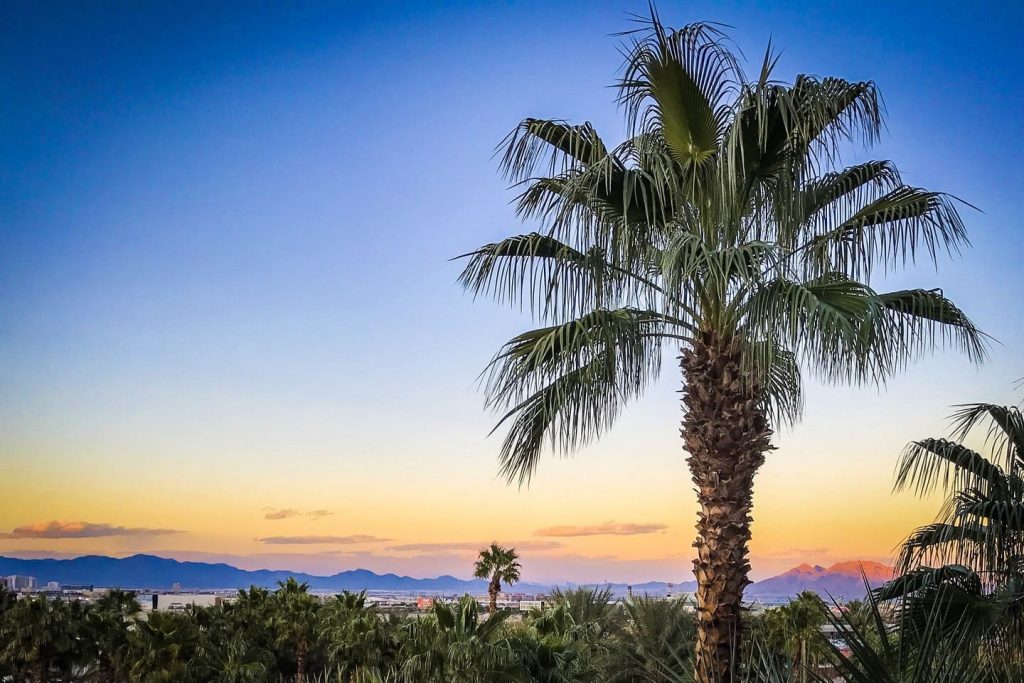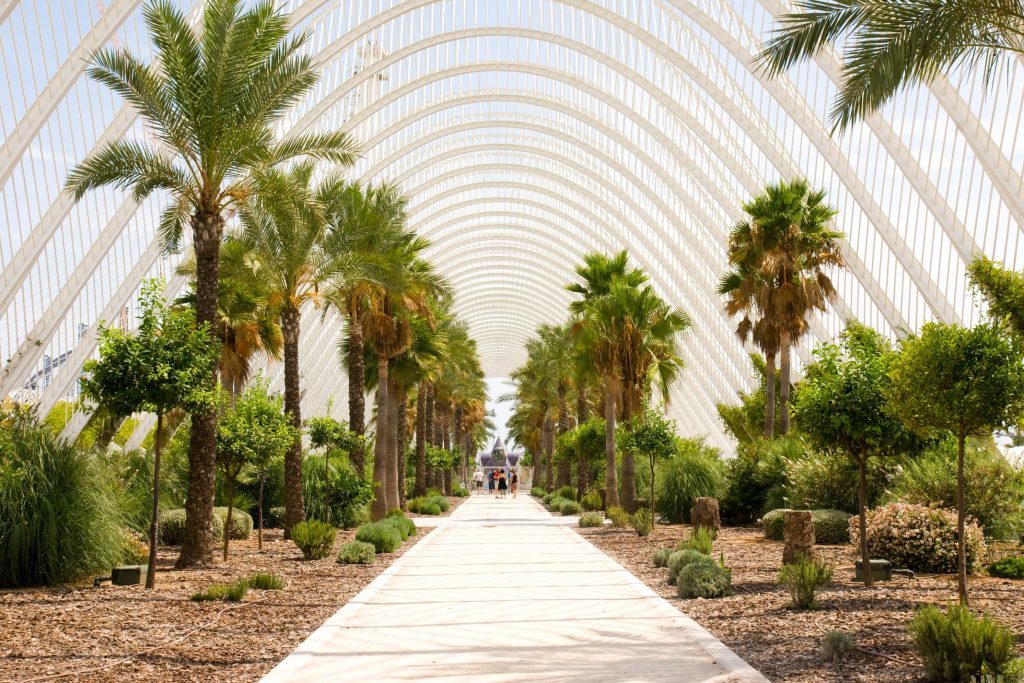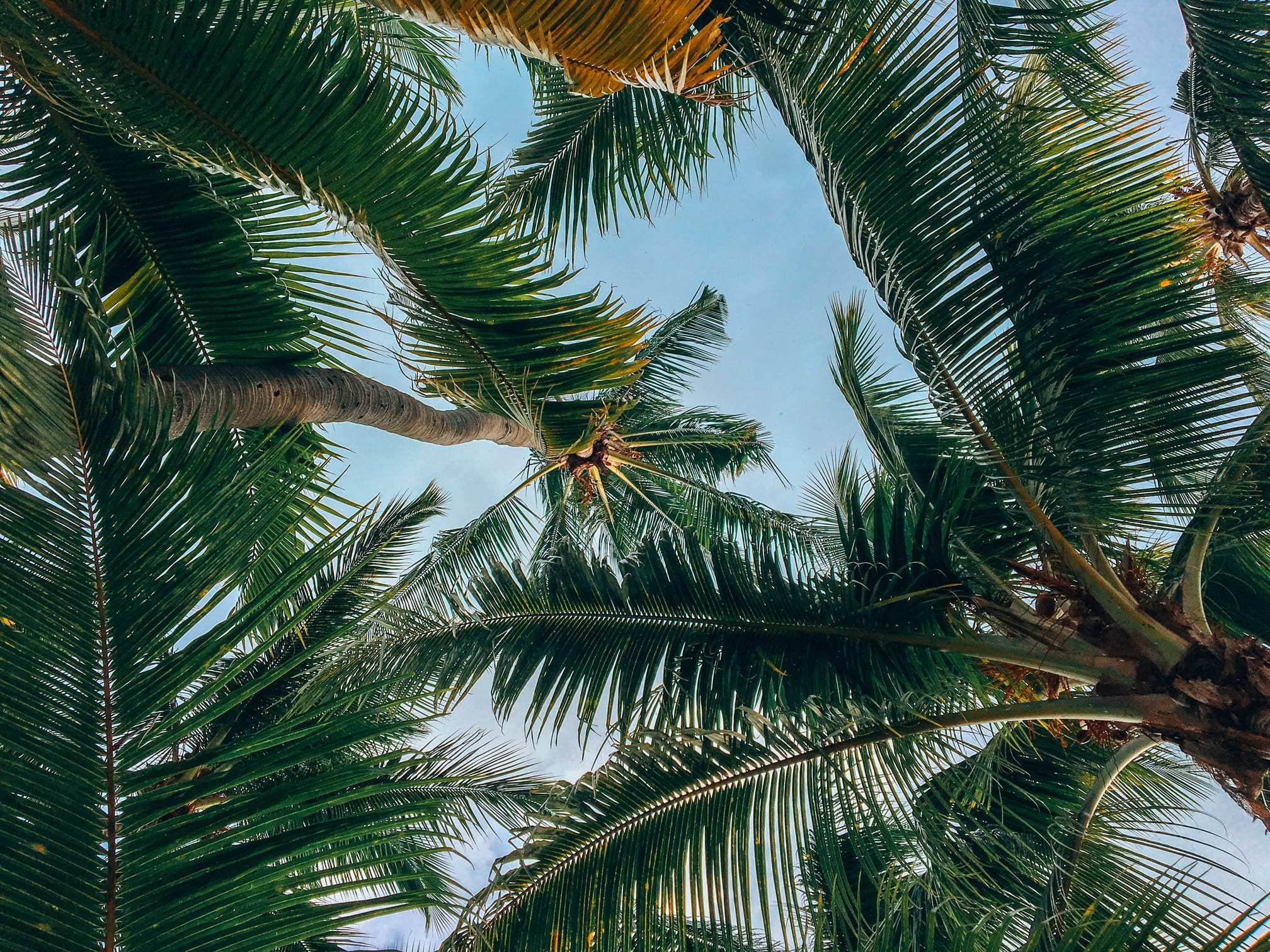Palm trees are among some of the most beautiful tree species in the world. They have a positive association with paradise and when you are stuck in work daydreaming about escaping and getting away to some tropical paradise, it’s always palm trees on deserted islands that springs to mind.
But, can you grow palm trees in Australia? Can you skip the deserted island and perhaps grow some in your garden and bring paradise to you instead? And how difficult are palm trees to maintain?
In this article, we’ll cover everything you need to know…

Can you grow palm trees in Australia?
You can indeed grow palm trees in Australia. In fact, Australia even has its own native species—although many of the palm trees that you’ll see in Australia today are likely to be foreign, just like in places such as Miami and California.
Here are two of the palm trees native to Australia:
- The Foxtail Palm (Wodyetia bifurcata): The Foxtail Palm is a stunning species of palm tree that is native to Northern Australia. It spouts green feathery fronds and is highly tolerant to drought, salty, coastal wind, and some shade. These are easily suited to small gardens and can be planted in groups as well.
- The Australian Cabbage Tree Palm (Livistona australis): The Australian Cabbage Tree Palm is slow-growing, though robust. It is tolerable to frosts, strong gales, and salty winds as well. This adaptable tree can grow well in both tropical and temperate reasons and is suitable for both plating in clusters or as a stand-alone tree.
Are palm trees easy to maintain?
Yes and no. In fact, how easy the palm tree is to maintain depends on the species. However, with some regular pruning and plenty of TLC, you should have an easy enough time taking care of your palm trees. Let’s take a look at how to care for a palm tree:
How to care for your palm tree
- If you are planting a previously potted palm tree in your garden, water it before doing so
- Dig a hole in your garden twice as wide as the root ball itself, and as deep as the root is tall (this will ensure that your palm tree has plenty of space to settle into its new environment)
- Place the palm tree in the hole whilst checking to ensure that it is straight
- The top of the root ball must be slightly higher than the soil line itself
- Fill in the rest of the hole using a mixture of native soil and planting mix for a healthy start
- Water your new, freshly planted palm tree thoroughly
- Next, apply 1” to 2” of mulch around the tree and create a mound that extends wider than the tree’s canopy in circumference
- Water once daily for the first week while the palm tree begins settling into its new home
Caring for palm trees outdoors
- Palm trees are typically best suited to growing in full sun, however, they can tolerate some shade if unavoidable.
- You’ll want to water your newly planted palm tree at least twice a week until they are fully established (which should take around 2 to 3 months)
- Established palm trees are highly tolerant to drought and will rarely need to be watered.
- Applying a quality, slow-release fertilizer should be done in the early springtime (if you think your soil is lacking in nutrients then you can do this again in the early fall).
- Whilst palm trees don’t need much in the way of watering, they love food.
- If you live in a region with cooler temperatures and harsh winters, then you can warp the trunk of your palm in either frost cloth or burlap in order to prevent/reduce any damage (the Australian Cabbage Tree Palm has higher frost-tolerance so bear that in mind if you do live in a particularly cold region before planting).
- Make sure that you water deeply before hot temperature spikes.
- Add a thick layer of mulch during freezing temperatures for extra protection.
Caring for palm trees indoors
- When plating a palm tree in a pot, make sure you use a high-quality planting mixture.
- Pick a container that is larger than the current pot before planting.
- Ensure that your pot drains well.
- Water the potted palm when you notice the soil drying out.
- If you choose a Majesty palm, know that they prefer moist soil.
- Most other palms prefer drier conditions.
- Palm trees thrive in humid climates, so mist your indoor palm occasionally (this is key during the winter when homes are drier from having the heating on).
- Don’t let the roots of your palm sit in water.

How and when to prune your palm tree
Pruning your palm tree is one of the most fundamental maintenance steps that you must adhere to. Otherwise, you’ll end up with dead fronds dropping sporadically, which can indeed be a health hazard.
- You should only need to prune your palm once a year
- Remove dead and untidy frond, doing so close to the stem
- Larger palms may likely require you to use a long-handled lopper in order to reach the fronds
- Be conscious of any overhead wires and take the necessary precautions when using a ladder (the trunks and thin and slippery)
- Hire a qualified tree lopper if you aren’t comfortable doing it yourself (the average tree pruning cost is quite good and can save you plenty of time and effort)
- Don’t prune the top off of a solitary-trunked palm as it will likely kill it (single-trunk palms will not regrow like most other trees)
Conclusion
And that about concludes this article! Yes, you can grow palm trees in Australia and for the most part, they are actually rather low maintenance. They don’t require all that much in the way of watering, and you only need to prune them once a year. Just remember, without regular palm tree pruning, they will become a nuisance and can actually become quite dangerous.



